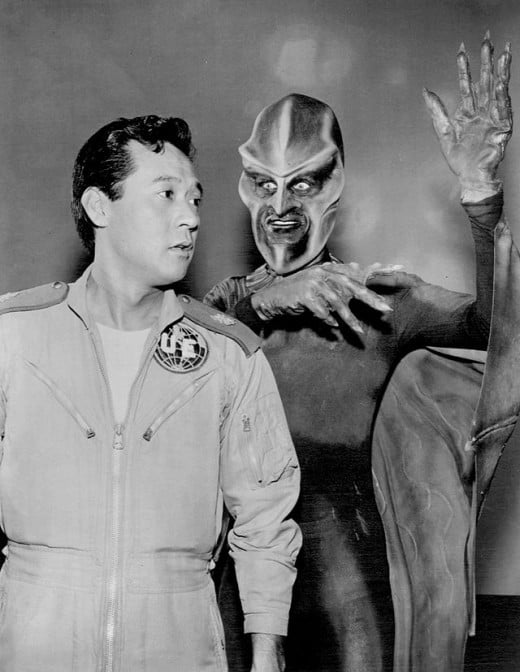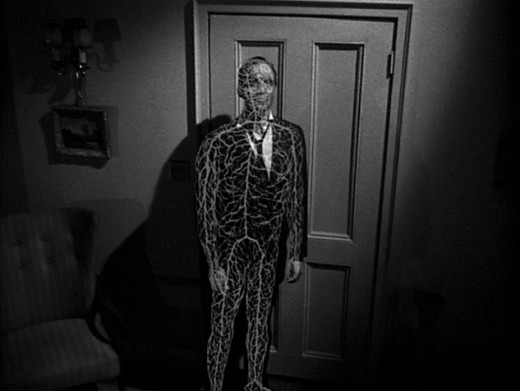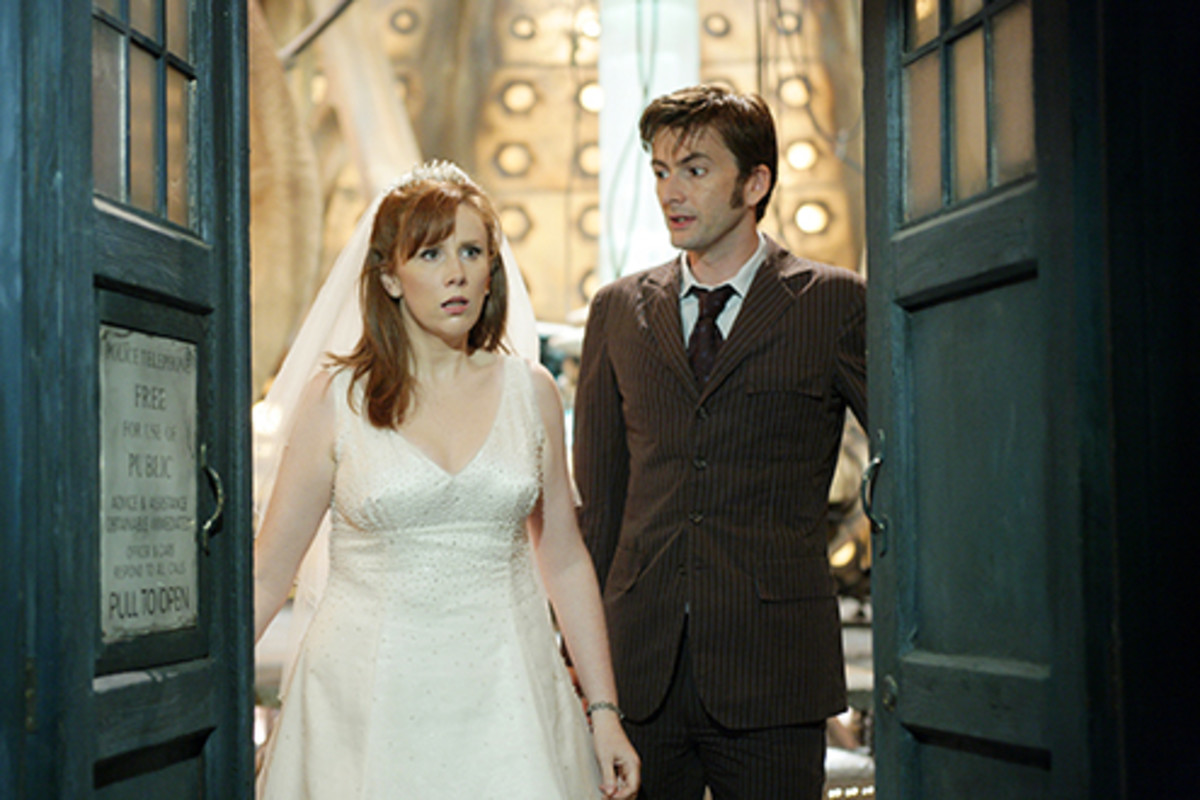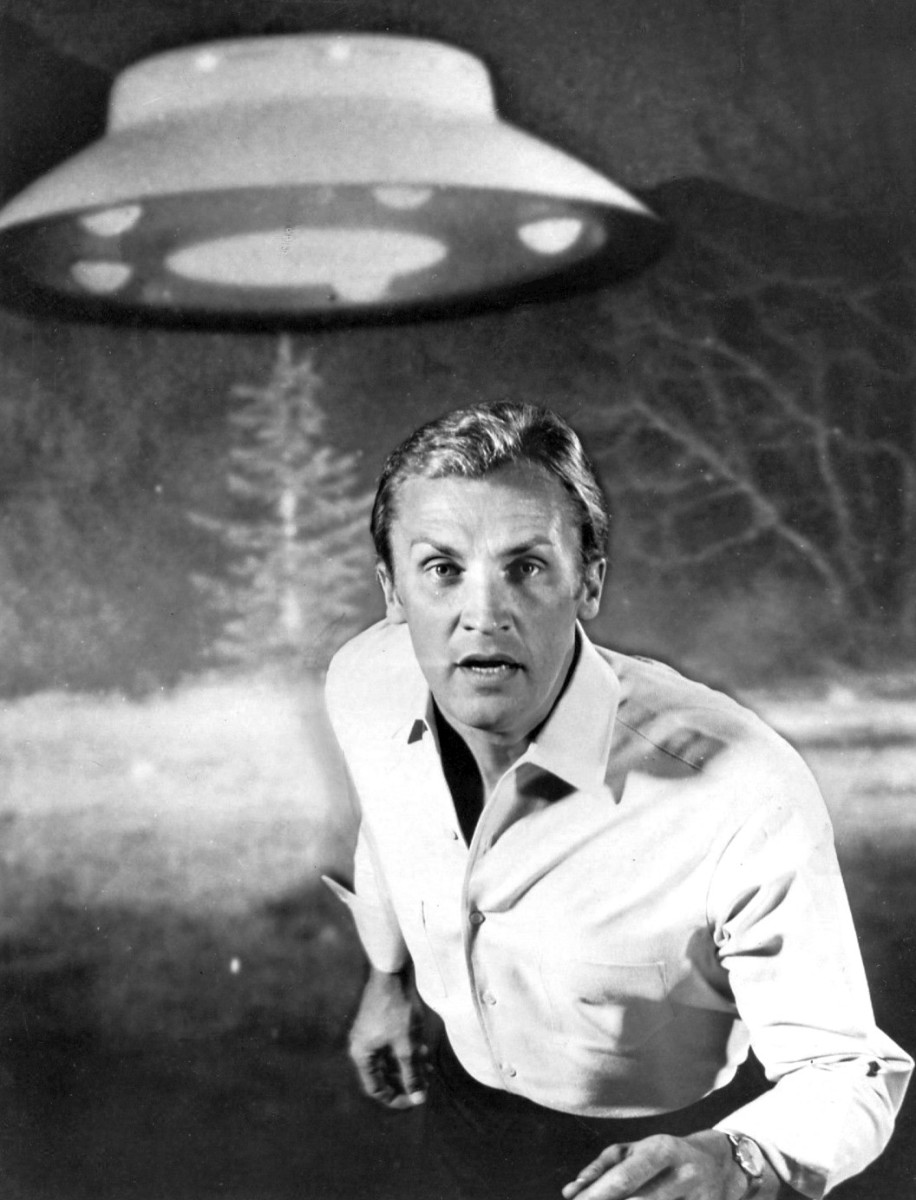The Outer Limits: That Other Anthology Series



About the Series
The Outer Limits was a Science Fiction anthology series that ran from 1963 – 1965. The episodes ran for 1 hour. The hour length permitted more character development but sometimes made the plot drag. The series is most remembered for its monsters. The monsters were usually someone in a monster suit but they used many techniques to depict monsters. Often times the monsters overpowered the plot. In one episode some affiliates hid the monster’s face because they felt it was too disturbing. The episodes were usually set in the present or near future. A remake of the series came out in 1995 and lasted 7 seasons. Some of the episodes, by accident or design, bring up good questions for the 21st century viewer. Here are a few episodes and some questions they pose. This article contains spoilers for the episodes highlighted.
The Hundred Days of the Dragon
This episode is similar to the Cold War thriller The Manchurian Candidate. An Asian communist country has developed a technique where human skin and muscle can be made like soft clay. With the technique they plan to replace the person they believe will win the presidential election with one of their agents.
Presidential candidate William Lyons Selby (Sidney Blackmer) is way ahead in the polls. The Asian agent[i] kills Selby then takes his place. Selby wins the election and immediately softens the U.S. stance against this Asian power. The Asian power plans are to replace Vice-President Ted Pearson (Phillip Pine) and many others with their agents. Meanwhile the president’s daughter Carol Selby Conner (Nancy Rennick) and son-in-law Bob Conner (Mark Roberts) find subtle differences with William Selby. The plot to assassinate Vice-President Pearson is a complete failure. Pearson and FBI Agent Marshall (Henry Scott) capture the agent (James Yagi) while the agent is making his second assassination attempt. Vice-President Pearson exposes the imposter at an affair with many foreign dignitaries on hand and distorts the imposter’s face. President Pearson proclaims he would not respond militarily to this act of aggression. He considered a war as too costly even for this offense.
This episode first aired on 23 September, 1963[ii], two months before Lee Harvey Oswald assassinated President John F. Kennedy. The lack of security for William Selby perhaps shows the innocence of such matters prior to President Kennedy’s assassination. The 100 days in the title is a reference to a U.S. President’s first 100 days in office. President Franklin D. Roosevelt planned to end the “Great Depression” in his first 100 days in office. Since then what a U.S. president made of his first 100 days in office has been a news story. The result of the 2016 election shows the folly of trying to predict who will win a presidential election.[iii] The episode does allude to the 1948 election. In that election the Chicago Daily Tribune ran the headline “Dewey Defeats Truman”. President Harry S. Truman won the election.
Vice President Pearson took over even though the evidence was inconclusive. Pearson administered the drug and distorted the imposter’s face. Pearson was accepted as the president without dissent. A question it brings up is what should be done if a foreign power attempts to install one of their agents as the head of state?
[i] The agent is Maj. Ho Chi-Wong initially played by Clarence Lung. Throughout most of the episode Sidney Blackmer plays the agent.
[ii] United States Movie Database (http://www.imdb.com/title/tt0667837/?ref_=fn_al_tt_1), last accessed 9/14/19.
[iii] Candidate Donald Trump seemed a joke. On election night many of the anchors reporting on the election started the night convinced Secretary Hillary Clinton would in the election.
A hostile power is caught attempting to plant one of its agents as your head of state
The Architects of Fear
In this episode a group of scientists decide the only way to have peace on Earth is to have a threat from outer space. Countries of the world banding together to fight an outer space invader is the premise for movies such as War of the Worlds and Earth vs. The Flying Saucers. The group decided to manufacture the threat by turning one their number into a monster. They put their names into a bowl and Allen Leighton (Robert Culp) was picked for the one to be turned into a monster. They succeeded into turning Leighton into a bug-eyed monster but he died before they could manifest this false threat to people who mattered. A question this episode brings up is if it is right to manufacture false or misleading information in order to achieve a desirable end?
Is it right to give false or misleading information to cause others to act?
Fun and Games
In this episode an Alien, who is a master of ceremonies for a reality show[i], chooses a male and a female from two worlds to fight to the death. The Earthlings are Mike Benson (Nick Adams) an ex-boxer who works as a bodyguard for some unsavory characters. The woman is Laura Hanley (Nancy Malone) who lives alone. The aliens are bug-eyed monsters. The rules are if the Earthlings don’t agree to the game within 24 hours the humans will be exterminated in 5 years. Laura is willing to fight but Mike figures he doesn’t owe the world anything and living another 5 years is better than dying in the fight. Laura convinces Mike to fight. She tells him she believes they can win. They and their opponents are teleported to a desolate planet.
They are given rations. The alien male apparently kills the alien female. This means the alien can last twice as long as the Earthlings. The alien has a boomerang for a weapon. Mike and Laura both had broken relationships. Mike called Laura a “cheerleader”. He mentioned his last girlfriend was the same way. His last girlfriend encouraged him to continue boxing which meant he took more beatings in the ring. This episode shows the good and bad of the series. A fight to the death with a formidable looking alien on an unpopulated planet is a good concept. It was used in the Star Trek episode “Arena”. Have two people who don’t know each other fight in such a contest with the world’s fate in the balance is a very good plot.[ii] Whether someone should encourage someone to continue on when they have no idea if they can succeed is a good item for discussion. Since their lives and the lives of everyone on earth was at stake the discussion was silly. The monster with the boomerang is probably how most people who saw this episode when it first aired remember this episode. Laura’s actions, not her “cheerleading”, determined the outcome of the contest.
[i] This series came out long before reality television became popular.
[ii] Mike and Laura briefly crossed paths before they were selected but they didn’t know anything about each other.
Should you encourage someone you care about to continue with a venture if you don't know what their ability is?
Cold Hands, Warm Heart
In this episode Colonel Jeff Barton (William Shatner) is the first astronaut to travel to Venus. He experiences a blackout period while entering the Venus atmosphere but otherwise the mission went as expected. He returns to a hero’s welcome and is promoted to Brigadier General. Then he needs warmer and warmer temperatures to be comfortable. It could never be warm enough for his comfort. His hands became huge. His body was adapting to the conditions on Venus. They were able to find a cure for his condition and his hands reverted to their normal size. Before his hands returned to normal Barton had to meet some congressional representatives. Barton, with his hands bandaged, met with the congressional representatives. He claimed he burned his hands by spilling coffee on them. He laughed about his claimed clumsiness to the representatives. Congress approved further funding for the project and Barton laughed about his deception with the other members of the team.
The episode may indicate a more innocent or idealistic time. It would seem from a 21st century standpoint Brigadier General Barton’s, and the others in the project, behavior is shocking. He returns from orbiting another planet and has a major metabolic change. Had the condition been contagious it could have caused a terrible pandemic. For all the team members know it may be possible they could get something contagious from the life forms on Venus. The team members unilaterally decide they don’t need to tell anyone outside their team about what really happened. On July 16, 1969 the U.S. Congress passed the Extra-Terrestrial Exposure Law. When the Apollo 11 astronauts returned from the Moon they spent 21 days in an isolation chamber.
Is it right for a government agency to keep congress in the dark about what is going on?
I, Robot
In this episode Dr. Charles Link (Peter Brocco) builds a robot (Read Morgan)[i]. A heavy shelf falls on Dr. Link and kills him. The local people blame the Robot for Dr. Link’s death. Sheriff Barclay (Hugh Sanders) is holding the Robot in a jail cell. Dr. Link’s only relative is his niece Nina Link (Marianna Hill). She tells Judson Ellis (Leonard Nimoy), a cynical reporter, about the situation. He convinces Thurman Cutler (Howard Da Silva), a cynical retired lawyer, to represent the Robot. Thurman Cutler takes the case to make Sheriff Barclay and District Attorney Thomas Coyle (Ford Rainey) look foolish.
Thurman Cutler does a horrible job of defending his client, the Robot. He proposes to D.A. Coyle they forgo a trial and have a judge (Ken Drake) hold a hearing and both sides agree not to appeal the judge’s decision. Since the judge could decide to dismantle the Robot it is a capital case. During the hearing he permits a demonstration where the Robot’s inhibitors against violence are cut off. The Robot goes on a rampage in the courtroom until it is shut down. The case for a murder conviction is weak. During the closing arguments D. A. Coyle admits the murder charge is a pretext. D. A. Coyle’s real reason for charging the Robot is Coyle objects to the Robot’s existence. The judge agrees with D. A. Coyle and orders the Robot dismantled.
This story was remade in an episode of 1995 The Outer Limits remake and in the 2004 movie, I Robot. Isaac Asimov’s 3 laws of robotics, which figures prominently in the 2004 movie, aren’t mentioned in the original Outer Limits episode.
In this episode there is an invention which can potentially be very beneficial or very dangerous. The decision of what is to become of this one of a kind invention is left to a local judge.
[i] The Robot, named Adam, is not an android.
A one of a kind invention can be beneficial or dangerous who should decide the disposition of the invention.
This content is accurate and true to the best of the author’s knowledge and is not meant to substitute for formal and individualized advice from a qualified professional.
© 2016 Robert Sacchi












